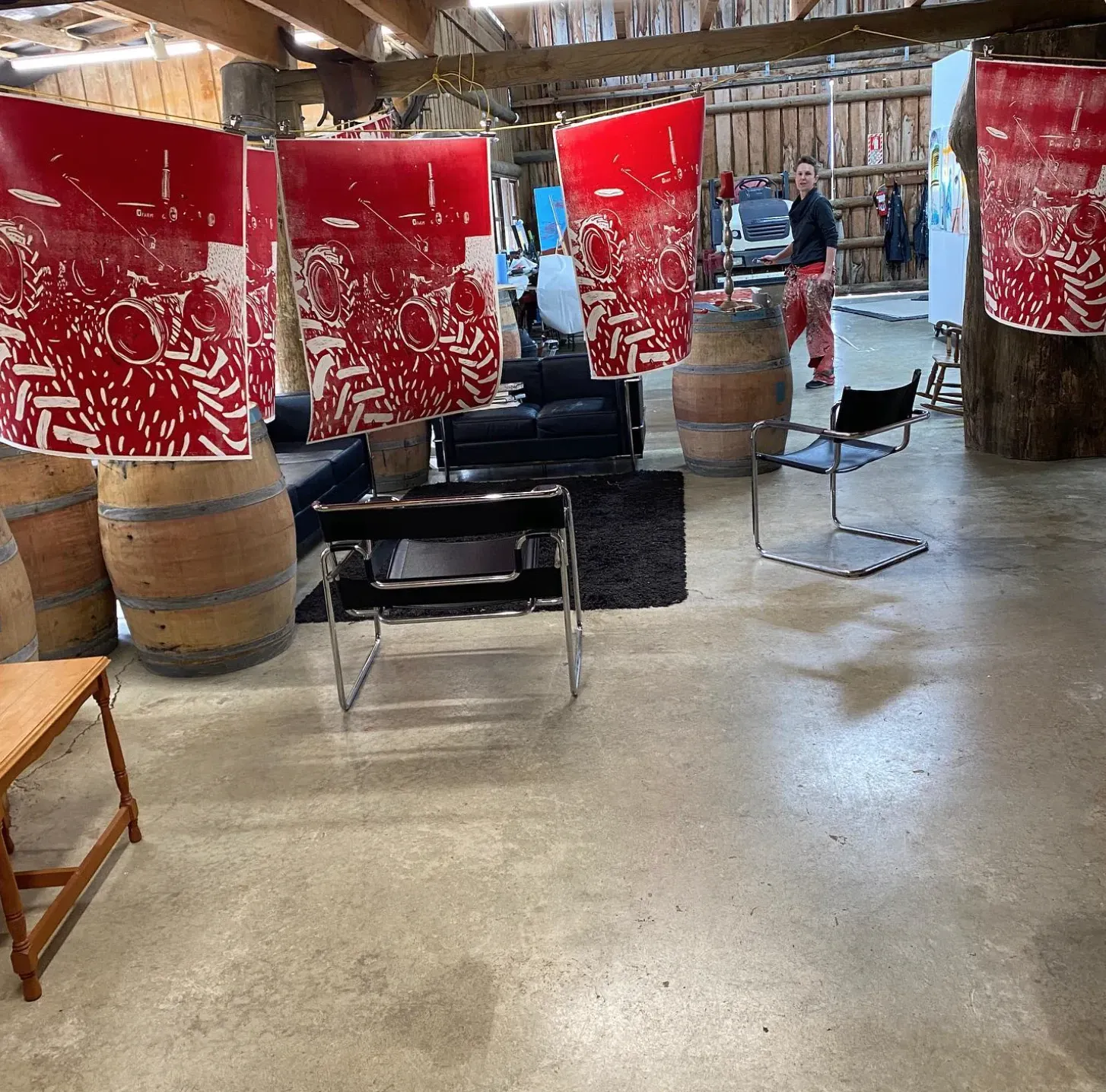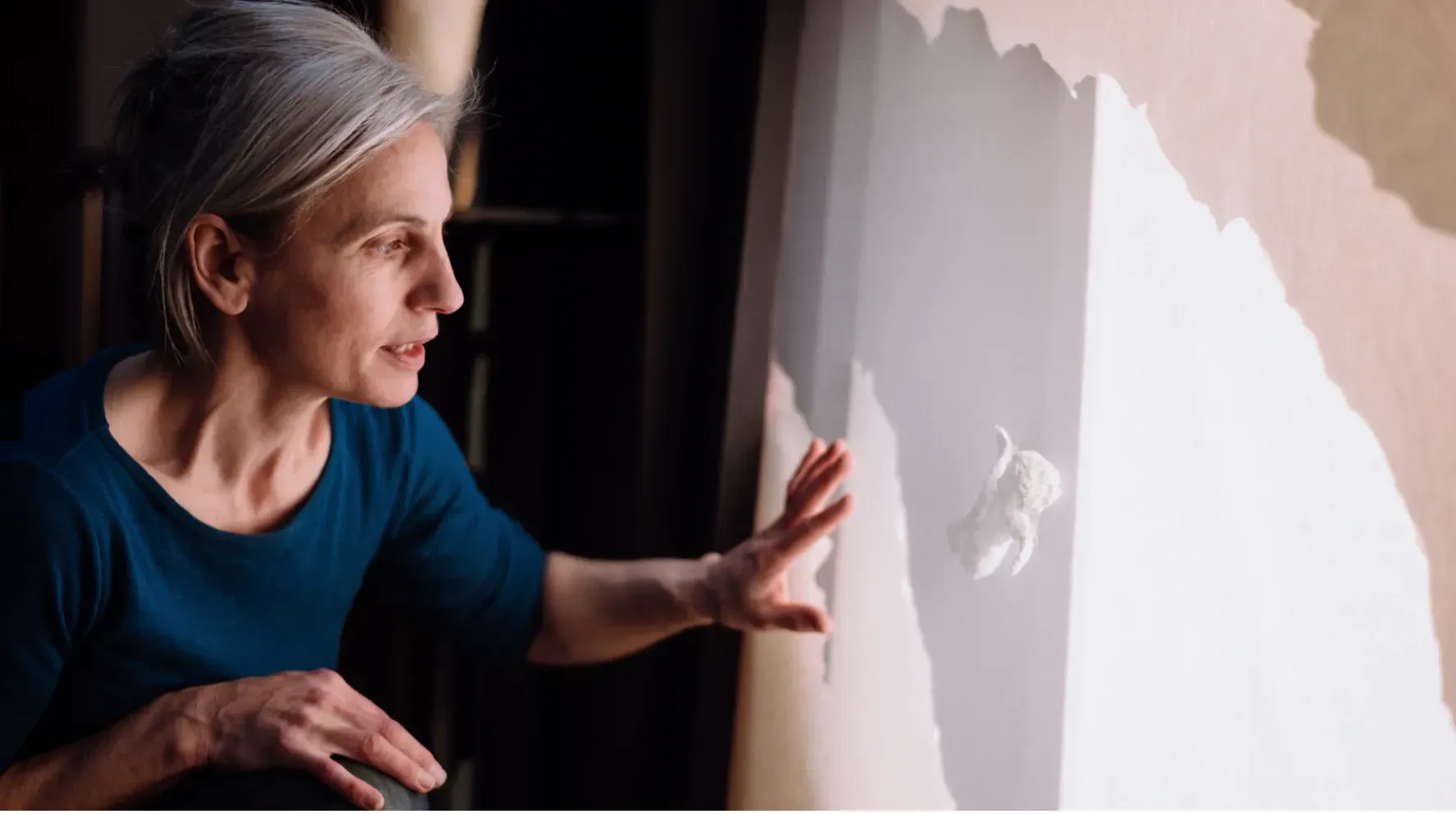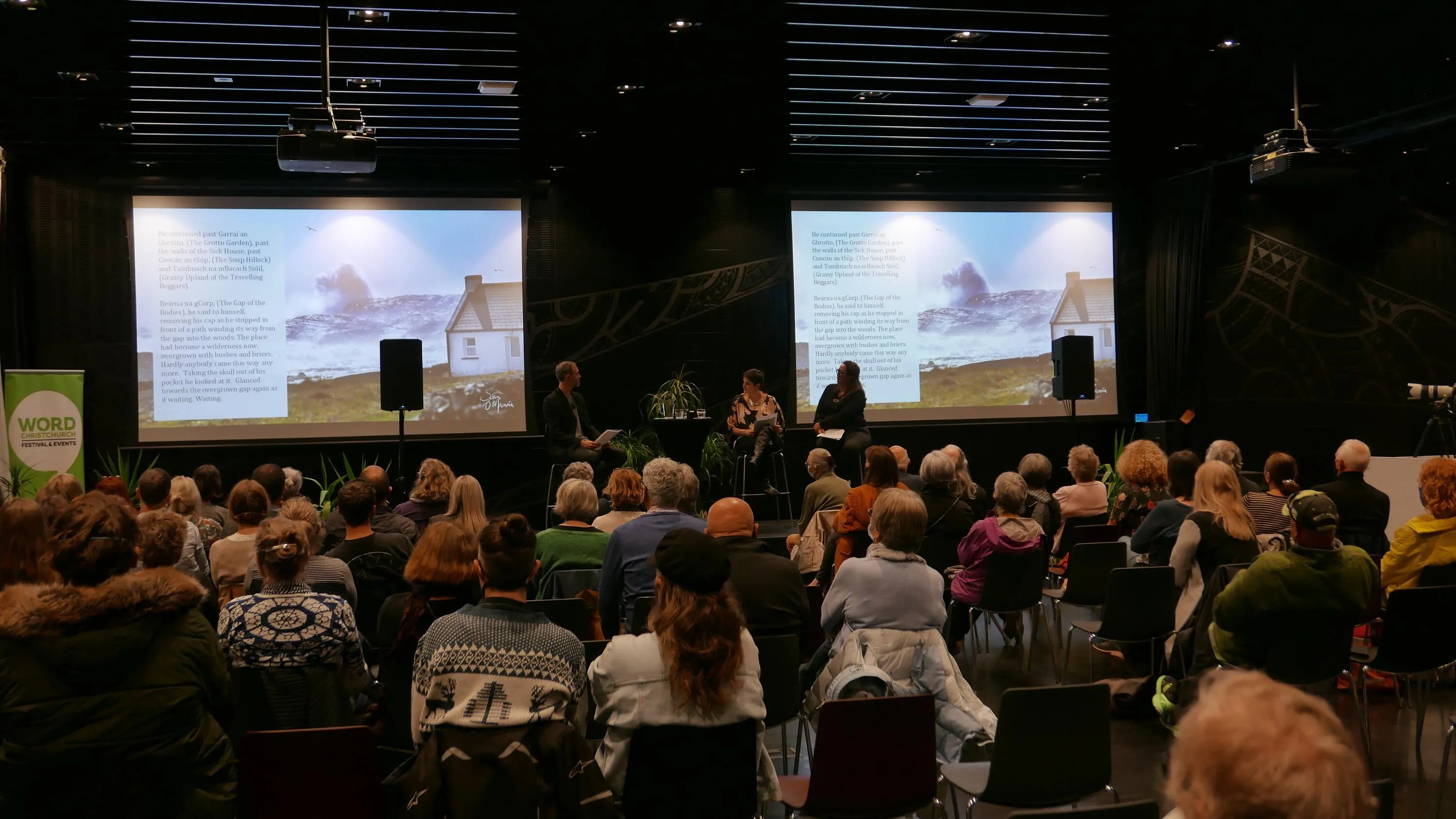Ready to Reopen?
Written by

August 17 feels like a long time ago.
For good reason - that’s because it was.
For 12 exhaustive, frustrating and for many, debilitating weeks, the cultural cornerstones of Tāmaki Makaurau have been forced to be Delta dormant. As the city bore the brunt of the latest lockdown, days dragged into months with doors shut right across industries and sectors.
But after 84 days, that’s changed with the move to Alert Level Three’s Stage Two - Level 3.2. It’s been met with an mixture of excitement and trepidation for those given the green light to put away the ‘closed’ signs.
While the venue and live entertainment workers still find themselves largely on hold, many of Auckland’s galleries and museums have been given the chance to be back in business.
But the Lowdown’s discovered that it’s not the opening of floodgates that you may expect.
The ability to keep the public moving rather than static plays a big part in that. Of course, get ready to see more sanitation stations and contact tracing scanners than you can poke a stick at, plenty of face-masks and reminders to social distance - and visitor maximums.
All 56 libraries across Tāmaki Makaurau will offer a contactless click and collect service - public toilets will all be open, venues for hire remain closed.
Auckland Museum is among the many members of the GLAM (Galleries, Libraries, Archives and Museums) sector who are taking their time getting back into business.
They’ll open their doors again for the first time on Monday 15 November, following a karakia after such a prolonged closure.
Chief Executive Dr David Gaimster says while they’re “hugely excited” about “welcoming Aucklanders back to their Museum,” he also points out that “under Level 3.2, this will be a different type of museum experience to what our visitors would normally expect.
“Numbers will be limited onsite to 500 at any time, a number of smaller galleries have been closed due to space constraints, and some highly interactive digital experiences have been deactivated.”
But the chance to display some of the new or Delta-disrupted exhibitions - like SHELF-LIFE by award-winning British photographer Mandy Barker and Love & Loss is a long-awaited sensation for the Auckland Museum staff. Gaimster says “they are appreciating being back on site, in the galleries and amongst the taonga, and seeing each other again after such an extended closure. You can feel their anticipation and excitement in the air.”

Photo from SHELF-LIFE exhibition at Auckland Museum. Photo: Mandy Barker.
The New Zealand Maritime Museum has also resisted the urge to plunge right in on Wednesday, instead getting their ducks in a row for a Friday opening.
It means among their many attractions on offer - they finally are able to share the I am Island and Sea exhibition which was put on hold by the extended lockdown.

I am Island and Sea artist Kate Parker. Photo: Supplied.
MOTAT’s large outdoor offerings have made it easier to get the public through the doors faster, opening up yesterday when the curtain fell on Alert Level 3.3.
With only 100 on site at a time, the closure of several of their interactive elements has seen MOTAT offer half-price admission fees during Level 3.2.
MOTAT General Manager of Museum Experience Sally Manuireva says “this is the chance to get tamariki back into a space where they can explore, learn and play.”
She told The Lowdown “We are attempting to make the best of a less than ideal situation.
“We’ve had to cancel several of our events and LIVE Days, and notably our annual Christmas Lights Event. Events such as these are big visitation drivers for MOTAT and the cancellation of such events does reduce our revenue in the short term.”
MOTAT’s made the most of lockdown, taking the chance to work on their site without disrupting the public experience.
Auckland Art Gallery’s also been busy while lying empty. Director Kirsten Lacy explained to The Lowdown “we’ve had essential staff on site working throughout lockdown on a number of new exhibition displays - so we’re able to open with a really exciting programme and we’re desperate to share it with the public.”
They’ve been installing new exhibitions from their collection like Manpower: Myths of Masculinity and preparing to release some major installations.

Installation in progress of Manpower: Myths of Masculinity, Auckland Art Gallery Toi o Tāmaki, 2021. Photo: Haley Parkyn.
AAG’s also keeping its powder dry until next week. Lacy says “it’s important to make sure that you’ve got all the measures in place and your staff are trained and up to date, ready for the re-opening. We’ve chosen to take a couple of extra days this week and do a soft opening to just members on Monday-Tuesday and the rest of the public on Wednesday.
“We have an enormous amount of space, so physical distancing is not an issue for us. We don’t expect to be overrun with people in the first few weeks as everyone is adjusting naturally. The key message from the cultural sector is we are coming alive to support people coming out of a prolonged lockdown into public life again, as well as supporting our business community getting back and geared up for a big summer.”
Objectspace is also sorting out their internal systems and giving the exterior of the gallery “a new lick of paint” before re-opening on Friday - where Director Kim Paton’s excited about debuting Toro Whakaara: Responses to our built environment - the largest exhibition Objectspace has ever produced.

Lindsay Yee’s installation Chinese Takeaways in Toro Whakaara: Responses to our built environment, 12 November 2021 - 20 February 2022, Objectspace, Auckland.
She told The Lowdown it was able to be installed during Level Three. “The conditions of lockdown have created a unique moment of reflection to consider our new exhibition, which considers how well our urban spaces provides for a diversity of human experience. The exhibition continues to be informed by the challenges that last 18 months has brought us.”

Artweek Auckland artist Ekaterina Dimieva prepping for the weekend's open studio. Photo: Instagram.
The shift in Alert Level stages has also been wonderfully timed for Auckland Artweek. It means access to smaller studio spaces throughout the city is more achievable.
It’s a boost for the likes of artist and Toipoto member Ekaterina Dimieva, who will have an open studio this weekend in Parnell, while Katie Blundell’s also throwing the doors open in her Clevedon Studio + Gallery this weekend to display her latest print work.

Katie Blundell displaying her print work in her Clevedon studio. Photo: Instagram.
But not everyone is feeling ready to return to ‘normal’.
Pacific creativity champions Tautai Gallery are taking their time - stating they’re still to settle on a reopening date. "We’re working to get our space ready to reopen, with community safety being our top priority” as they “develop new procedures to make sure your visit to Tautai is safe and enjoyable.” Director Courtney Sina Meredith told The Lowdown "our priority for safety is out of alofa for our community."
Corban Estate are also unable to confirm when they’ll open again. “Due to the physical limitations of our buildings and the volume of our visitors and team, we are unable to resume our onsite operations.”
Gus Fisher Gallery is also looking at a delay. Lisa Beauchamp, Curator of Contemporary Art told The Lowdown that staff returned to the gallery on Wednesday, unable to access it any earlier with their building part of the University of Auckland campus.
“After so long working from home, I think it's fair to say we are all relieved to be back in the gallery.”
They’ll spend the next 3 weeks on an exhibition changeover before launching again on 4 December with a new moving image exhibition titled I Multiply Each Day alongside a presentation in The Booth by Emily Parr.
“Our December reopening date will hopefully enable further information to be released by the government beforehand, especially around vaccine passports, so we are feeling confident in our approach and commitment to keeping our staff, artists and communities safe.
“While alert level restrictions may not allow us to deliver public programme events in the gallery this year, we hope to resume these early next year and can’t wait to bring people together again for them.”
And that’s what these arts institutions do best. Virtual gallery visits have opened new doors - including to international audiences - and are surely here to stay. But nothing can ever replace the feeling of experiencing these works in the flesh.
The GLAM community is a strongly interconnected one - they have strong lines of communication with their peers. So as they get underway again - in different stages - The Lowdown asked what the feeling was among the sector.
MOTAT’S Manuireva explains “the directors of the Tāmaki Makaurau GLAM organisations have remained in regular contact throughout the lockdown, sharing insights, comms and attempting to navigate this new environment together. There is definitely a feeling of excitement amongst the GLAM community, we are looking forward to seeing visitors back on our sites, and families getting back to a form of normality.”
Eloise Wallace, Co-Chair of Museums Aotearoa told The Lowdown “We know that our colleagues in museums and galleries across Tāmaki Makaurau, Northland and Waikato have been working hard throughout lockdown to safeguard collections and serve their communities and will be excited to be able to open their doors again.
“While I’m sure people will be eager to get out and enjoy time out at their favourite places, or see a new exhibition, we’d recommend going online first to find out how the museum or gallery you plan to visit will be operating.
“It’s not business as usual, and everyone will be learning how to make Level 3.2 work together, so we would encourage people intending to visit to plan ahead, be patient and kind, especially to front of house staff who will be doing their absolute best to ensure everyone has an amazing time at the museums and galleries as they reopen around the motu.”
Paton from Objectspace says “Lockdown conditions certainly affect our programming and operations, and honestly, we miss hosting openings and events but are heartened by how much our community has continued to stay in touch.
“It’s a relief to be able to imagine a future where we can gather again, because this is a massive part of what we do. There is of course uncertainty, but we’re feeling optimistic and remaining flexible.
“Our biggest lesson of lockdown is: Make hay while the sun shines - we’ve found it to be a productive and positive thing to keep moving, to facilitate the programme however best we can within current restrictions. And then of course always have a contingency plan -actually, best to have about three. We’ll be carrying this approach into Level 3.2 and whatever comes next.”
Gus Fisher Gallery’s Beauchamp believes overall ”there is a mix of excitement and trepidation across the arts sector in Tāmaki Makaurau which is understandable. We are all looking forward to welcoming audiences back into our galleries and supporting artists and creatives as much as we can while ensuring safe protocols are 100% adhered to.
“It’s been a difficult and long lockdown and while we’ve endeavoured to deliver online programmes, nothing can compare with physically engaging with art in the galleries and spaces we are all so passionate about maintaining.
“Free access to arts and culture is vital for our wellbeing and I really hope everyone gets behind all of the amazing creative offerings the sector holds in the coming months.”
AAG’s Lacy adds “Now is the time to recharge your batteries, ignite the imagination and have some reprieve - just experience something new - that’s the case for all our cultural organisations.”
The Good Word
Outside of Auckland, there’s been plenty on the go as well.
WORD Christchurch is finally in full swing after a delayed and reduced programme. It needs to be pointed out - it’s no mean feat. Festivals adapting to the moving goalposts of lockdown and alert levels has become commonplace but it’s remarkable it can happen at all on occasion.
For example, while sales have been strong, WORD’s reschedule meant they had to refund all tickets from the original date - there was no option to donate under their ticketing system. Venues that could go ahead had a reduced capacity under Level Two - a 320 seat venue becomes a 90 seater thanks to COVID. Logistically, that’s time-sapping for all involved.
Organisers have told The Lowdown that while they’ve suffered a hit on the revenue front, the festival buzz is palpable and anticipation is building for upcoming events in some of the larger venues like the Town Hall.
Programme Co-Director Nic Low is particularly proud of the festival’s launch event Tautitotito Whenua: Reciprocal Songs of the Land, a commission of new work in te reo Māori and Gaelic, featuring two of Ngāi Tahu's leading composers, Hana O'Regan and Charisma Rangipunga, alongside Micheál Ó Conghaile and Máire Uí Dhufaigh live from Ireland's rugged west coast. The project was a collaboration between WORD Christchurch and the Cuirt International Festival of Literature in Galway.

Tautitotito Whenua: Reciprocal Songs of the Land on stage at WORD Christchurch. Photo: Supplied.
Low says “The highlight was a new apakura, or lament, written by Hana and Charisma, addressing our ancestral mountains and lakes, telling them what awaits in fifty years time with climate change, and apologising for what we've done. The goosebump-raising close of the evening was traditional Irish lament singer Caitlin Ní Chualáin performing Hana and Charisma's work in Gaelic.”
There’s also been a focus on livestreaming events and opening up to a wider audience - and also give the festival a longer shelf-life. Buying a ticket to events that are livestreamed also gives you access to a link that is open until the end of January - so you can pre-load your summer watchlist.
Highlights available via livestream include Helen Clark elaborating about her recent work at the forefront of climate change and the global response to COVID, Patricia Grace on her new memoir From the Centre, Eliot Higgins on his groundbreaking open-source intelligence agency, Bellingcat, and Adventurous Women, featuring five incredible women who take risks in their personal and professional lives (including Emily Writes, Dr Hinemoa Elder and Anjum Rahman).
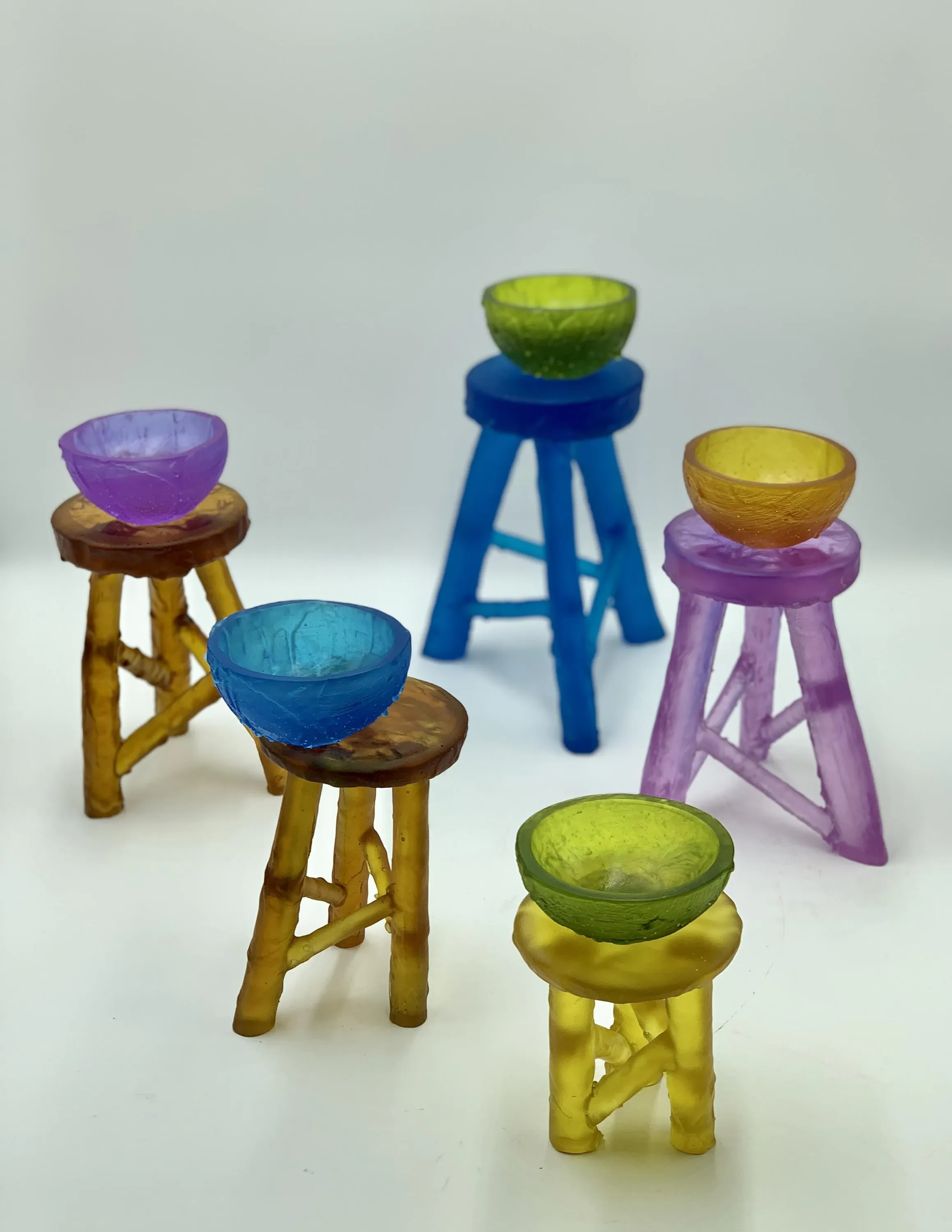
Graham Hitchcock's glasswork on display at Christchurch's Arts Centre Sculputre Festival. Photo: Supplied.
It’s a busy time on the Ōtautahi arts calendar, with the Arts Centre Sculpture Festival starting its fortnight-long run starting tomorrow.
Around 40 New Zealand artists are showcasing around 250 works for sale, including ceramics and jewellery - including demonstrations and workshops.
Curator Koji Miyazaki points out the silver lining of the pandemic. “Many artists made the most of the opportunity lockdown offered as it carved out time for uninterrupted focus and productivity, and artists are now looking for opportunities to show.
“Although COVID has been tough for everyone, it’s been especially difficult for artists, and now is the time to come out and support them.”

X form by Jane McCulla. Photo: Supplied.
State of the arts for Māori?
In the middle of a pandemic - it’s hard to get much of a gauge on what people really feel - the circumstances can be easily skewed.
It’s like looking at restaurant attendance vs takeaway consumption over the last few months. You’re not getting the full picture.
Stuff’s headline that “Māori more hesitant to engage with the arts during pandemic” - focussing largely on Te Matatini postponing its 2022 festival back a further year - requires a little deeper dive.
While indicating data points to their headline statement, it’s balanced out by outlining “the pandemic has also made Māori feel more positive about their relationship with the arts versus the general population.”
The Lowdown spoke to the man who was responsible for more Māori attending Auckland Art Gallery than ever before in the largest exhibition of ngā toi Māori in Toi Tū Toi Ora, now independent curator, artist and Arts Laureate Nigel Borrell.

2021 Arts Laureate Nigel Borell. Photo: Arts Foundation.
“I believe participation is a fraught assessment at the moment given the nature of things,” Borrell told The Big Idea.
“For me, participation is currently based on calculated assumptions that we are not really going to have a comprehensive understanding of for at least another year due to the pandemic. Like anything there will be some grave consequences for the arts sector but also some unanticipated wins and developments.
“Interestingly, despite the obvious economic impacts of the current pandemic - and related restrictions - I think we are seeing a further shift towards a much more embracing view of the distinct place Māori art and culture play in the national narrative.
“The foundational and central position of Māori art and culture in the lives of people continues to grow with positive momentum at present.”
That’s certainly true with Borrell’s work, which is ramping up with the much-anticipated opening of Wairau Māori Art Gallery in Whangārei set to open in February 2022.
Another leading voice in the Māori Arts world, highly regarded choreographer, dancer and Artistic Director at Atamira Dance Company Jack Gray agrees there have been unexpected positives in the largely frustrating process of being locked out of stages and studios. That includes exploring digital delivery and being able to sustain the employment of the majority of their dancers throughout lockdown 2021.

Jack Gray (right) at Te Wheke Opening 2021. Photo: Jinki Cambronero.
Gray told The Lowdown “speaking from the point of view of a Māori contemporary dance artist company, Atamira - and similar organisations - have experienced several shifts that show adaptability and resilience within the arts community as well as increased exposure via online platforms during the pandemic.”
Gray and Atamira are part of Ngā Hua Toi - an advocacy project for Māori Theatre & Dance practitioners across Aotearoa that’s formed since the arrival of COVID.
It reads like a who’s who of Māori performing arts focussed organisations, including Te Pou Theatre, Kia Mau Festival, Tawata Productions, Te Tairawhiti Arts Festival, Taki Rua, Hāpai Productions, Te Rehia Theatre and Betsy & Mana Productions.
Gray says the group “have come together to tautoko and advocate for the industry, including holding online Zoom sessions where different leaders offer strategic help for practical matters such as applying for certain funds or for hauora including online wellness dance classes led by Atamira.
“Current discussions around vaccination and the leadership role organisations like this will play in the promotion and development of the arts industry over the next few months are focussed on empowering the inherent values of manaakitanga and mana tangata that underpin the whānau and iwi focus of the audiences and practitioners.
“It has meant less of a focus on outcome and more emphasis on exchange, supporting each other and finding creative insights that we might not ordinarily have looked at.”
How ready are you?
So as we gear up for the hopeful return of performing arts and music events throughout the country - there is still plenty of different levels of concern when it comes to being safe and what is required.
As part of building an idea of the community’s expectations and realistic thoughts on what should be required, Auckland Live is running a survey to find out what’s needed when they get the all-clear to welcome audiences back when their venues open up again,
It doesn’t take long - and the questions should give you an indication of - in reality - how ready you are to return yourself.
Creative billionaire
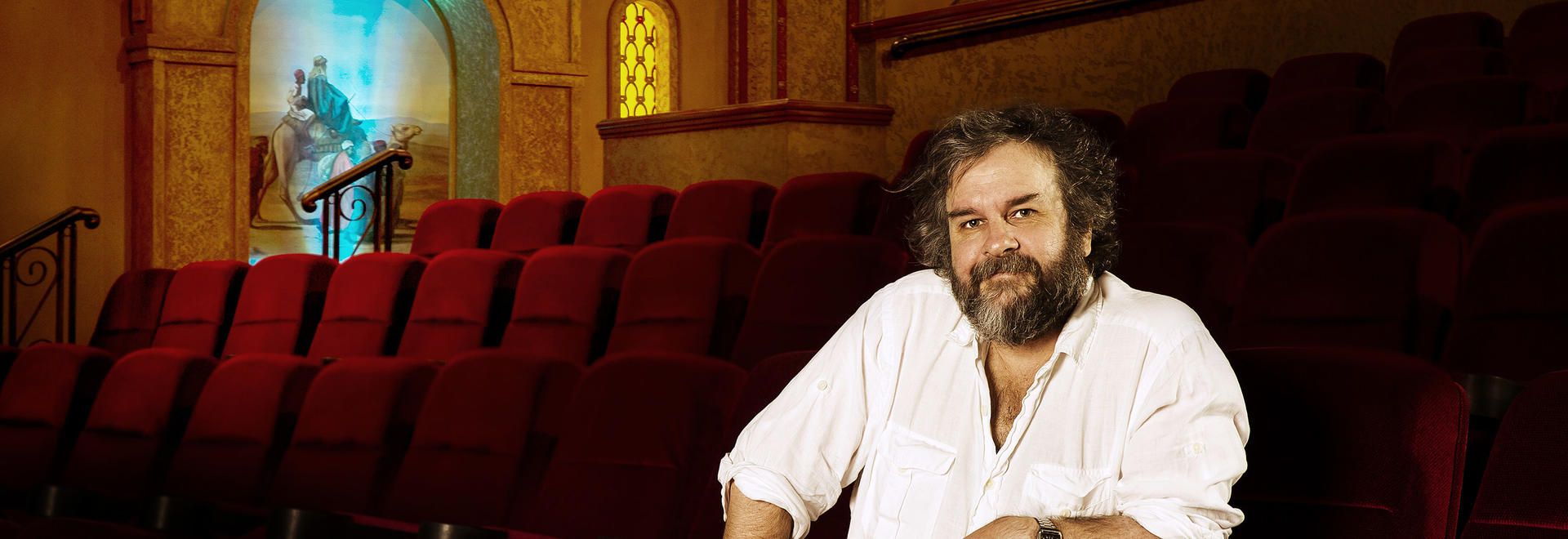
Sir Peter Jackson. Photo: NewZealand.com
What price can you put on the skills and expertise of the New Zealand based creatives as part of Weta Digital’s technology arm?
Well, $2.3 billion apparently.
The tools that were used to make the stunning visual effects from the likes of Lord of The Rings, Avatar and Planet of the Apes will now be available to creators around the globe via Unity, which produces software for game developers and digital artists.
Sir Peter Jackson’s agreed to sell the studio's tools, pipeline of work, technology and 275 staff - who RNZ reports will still be based in Aotearoa.
Sir Peter said in a statement “together, Unity and Weta Digital can create a pathway for any artist, from any industry, to be able to leverage these incredibly creative and powerful tools.
"Offering aspiring creatives access to Weta Digital's technology will be nothing short of game-changing."
Stuff takes a look at how Jackson lifted himself to the billionaires club - which depending on how much he personally pockets from the sale, could lift him to the fourth wealthiest person in all of Aotearoa. Not bad from the mind that brought us Meet The Feebles - a reminder that off-beat creativity can pay, after all.
Short and sweet

Still from When We Were Kids. Photo: Supplied.
The next generation of filmmakers are making their mark too - with Whānau Mārama: New Zealand International Film Festival last night (Wednesday) announcing the winners of the New Zealand’s Best short film competition.
The Best Short Film was jointly awarded to When We Were Kids and Washday, meaning respective director Josephine Stewart-Te Whiu and Kath Akuhata-Brown split the $7500 cash prize.

Still from Washday. Photo: Supplied.
It was a good night for Stewart-Te Whiu, also collecting the Spirit of The Civic Award of $4000. The prize is awarded to a filmmaker whose work indicates the possibility of a feature made by them being of the stature and quality to open a Festival at Auckland’s The Civic in the future.
And rounding out a clean sweep for female filmmakers, Tūī director Awa Puna was awarded the $4000 Emerging Talent Award - designed to recognise a fresh voice and stories of those less often represented in film.

Still from Tūī. Photo: Supplied.







